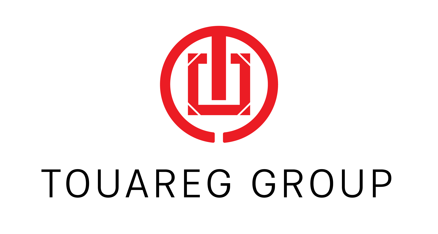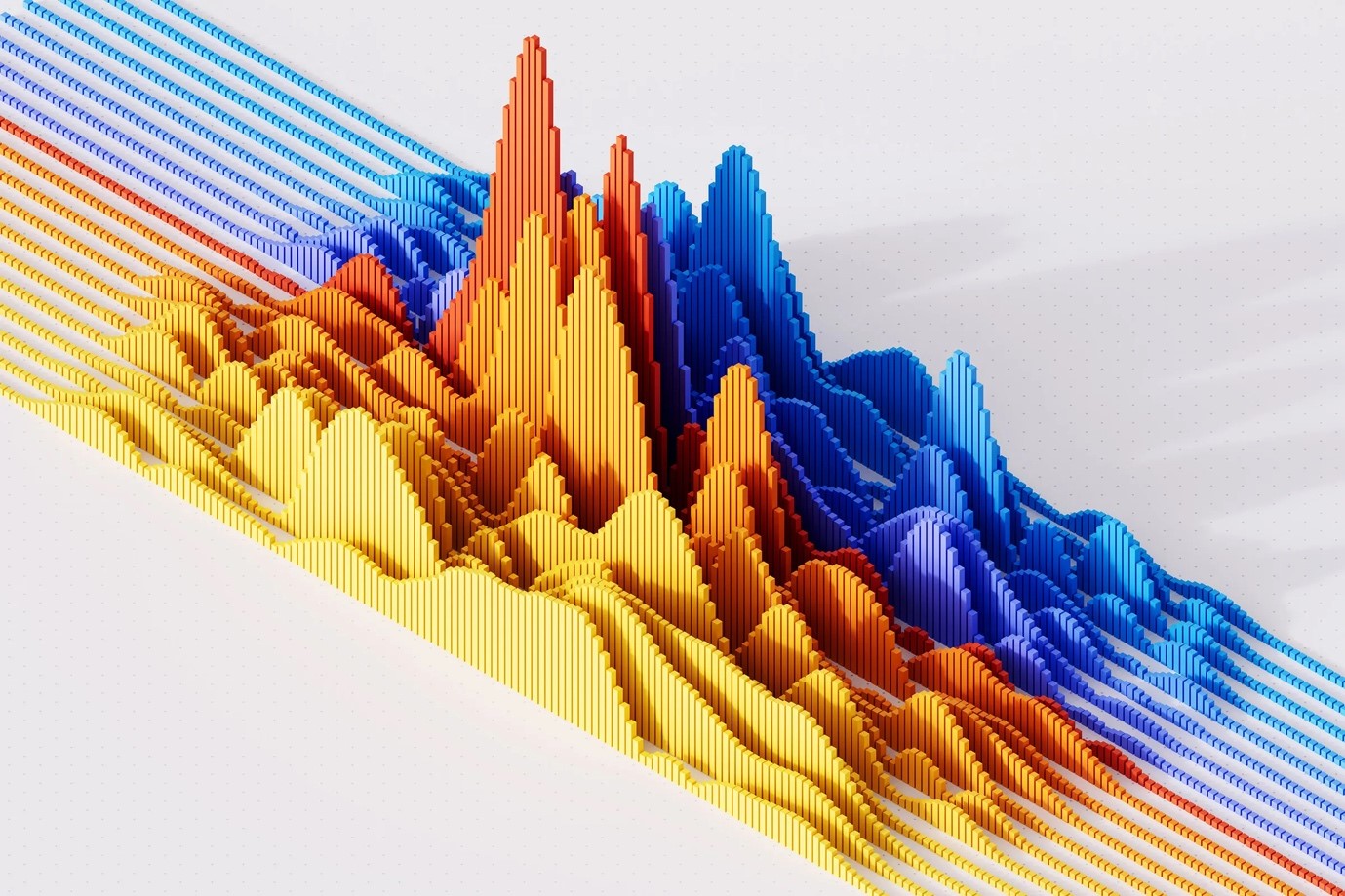


Welcome to this lesson brought to you by Touareg Group. Today, we’ll delve into the fascinating world of meme stocks and explore the psychological underpinnings behind their rapid rises and falls, focusing on the herd effect. This theory helps us understand why these stocks can be so harmful and how behavioral finance principles can guide us in navigating such volatile investments.
The herd effect, or herd mentality, refers to the phenomenon where individuals' decisions and behaviors are heavily influenced by those around them, leading to a convergence of actions. This can result in uniform behavior, where individuals follow the crowd rather than making independent, rational decisions. This concept is crucial in understanding why certain stocks, particularly meme stocks, can experience dramatic price fluctuations.
A prime historical example of the herd effect is Tulip Mania. In the 16th century, tulips, newly introduced to Western Europe, quickly became a sensation. By 1634, tulip bulbs had skyrocketed from 1000 Dutch guilders to 20,000 guilders each. The frenzied investment in tulips led to a fixed trading market at the Amsterdam Stock Exchange in 1636. However, this bubble burst in early 1637 when prices collapsed overnight, leaving many investors bankrupt.
The Tulip Mania serves as a historical lesson on how herd behavior can lead to unsustainable market bubbles and subsequent crashes. Similar patterns can be observed in modern financial markets, including the 2008 financial crisis, where panic selling and herd behavior contributed to substantial losses.

In contemporary financial markets, the phenomenon of meme stocks exemplifies conceptual speculation—a form of investment driven more by social media trends and viral content than by fundamental analysis. The term "meme" originally coined by Richard Dawkins, describes ideas or behaviors that spread rapidly among people, much like viral internet content.
Meme stocks are shares of companies that experience explosive price increases due to social media hype and collective action by retail investors rather than any inherent value. For instance, in July 2022, Bed Bath & Beyond (BBBY) saw its stock price soar from $4.50 to $28 in just two weeks, only to plummet back to $8.50 shortly after.
Investing in meme stocks often involves a high degree of risk due to the speculative nature of these investments. The dramatic price fluctuations are driven by emotional trading and herd mentality rather than fundamental business performance. This speculative behavior is often fueled by the following factors:
1. Lack of Fundamental Support: Many meme stocks are driven by hype rather than intrinsic value. For example, BBBY's surge was largely due to retail investors on the WallStreetBets (WSB) forum on Reddit. Such price movements are detached from the company's actual performance and financial health.
2. Inducement by Key Figures: Influential figures, such as prominent investors or social media personalities, can drive herd behavior. In the case of BBBY, the announcement that Ryan Cohen, a notable investor, had liquidated his holdings triggered a panic sell-off, causing the stock price to crash.
3. Attention Deficit and Risk Perception: Investors are often drawn to high-yield opportunities presented by meme stocks, overlooking the inherent risks. The allure of quick profits can overshadow the low probability of sustained gains, leading to impulsive decisions driven by FOMO (fear of missing out).
Understanding the herd effect and conceptual speculation is essential for making informed investment decisions. Meme stocks, while potentially offering short-term gains, carry significant risks due to their volatility and the speculative nature of their price movements. At Touareg Group, we emphasize the importance of disciplined investing and thorough analysis to avoid falling prey to herd mentality and market hype.
Other News

